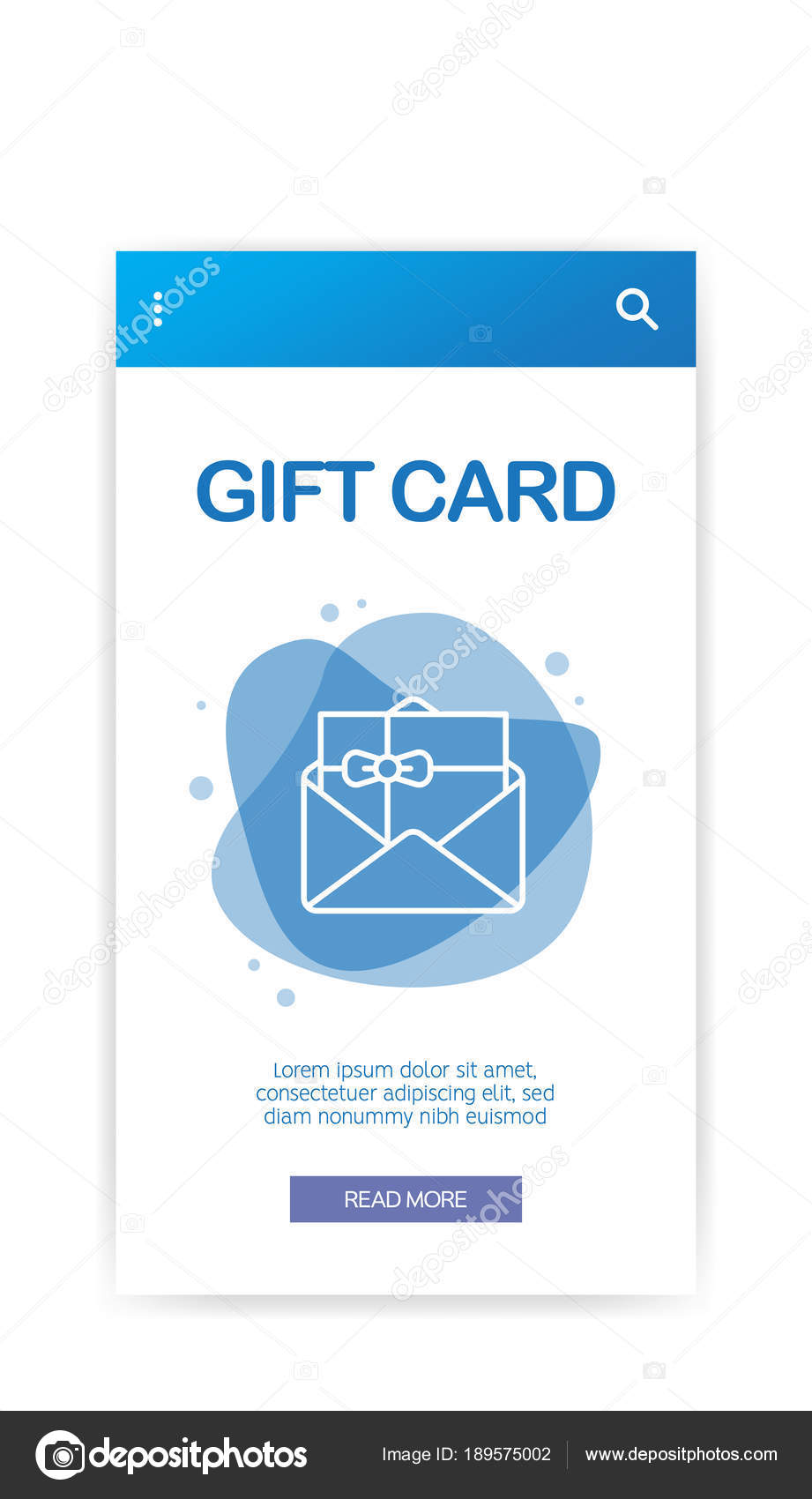The Scientific Research Behind Laser Engraving on Glass
A laser is a powerful tool for marking and engraving on materials like metals, timber, and glass. Yet when collaborating with a weak product like glass, exact positioning of your style is crucial.
Unlike other laser-marked materials, glass does not vaporize but fractures when subjected to laser warm. This offers the personalized surface area its particular appearance.
Localized Heating
The laser light communicates with the glass surface, triggering local home heating and perhaps evaporation or ablation. This develops an engraved, frosted, or personalized appearance. Unlike inks and paint, laser marking marks are permanent and do not fade in time.
Laser etching on glass is challenging because of the material's brittleness and vulnerability to thermal shock. The unexpected, fast temperature level modifications produced by high laser power can trigger splitting and damage of the surface area.
To minimize this threat, laser engravers make use of water refrigerators to aid take care of the warmth and spread it equally over the surface area. Using a moistening compound or concealing the surface area likewise assists to decrease splitting and enhance laser performance. Additionally, reducing the laser power setting and enhancing the engraving speed help to maintain a regular temperature level. Additionally, staying clear of revealing the glass to hot air or water quickly after inscribing will certainly additionally lessen the danger of thermal shock and splitting.
Transparent Materials
Many different laser machine types are readily available, with each having distinctive wavelengths and power arrays. Some have the ability to create high-contrast engravings on glass while others may require added actions to make sure ideal results.
For example, using a paper mask to protect the surface area of your work surface from warm can help reduce chipping by dissipating the laser light beam's warmth prior to it has a possibility to impact the glass. Similarly, using a slim coat of dish soap can also decrease the quantity of glass shards that are given off after the laser process is full.
Last but not least, it is very important to keep the laser head at a consistent rate throughout the whole process to prevent sudden changes in temperature level that can cause splitting. Additionally, a water-cooled laser system can also aid handle the impact of laser warmth on fragile materials such as glass. Additionally, deciding to utilize a Jarvis dither pattern on your laser chauffeur settings will certainly separate the dots of your graphic, lowering their general heat intake and effect on the material.
Precision
Laser inscription is among the most specific techniques for glass marking. It permits premium, customized presents or service applications such as engraved glass wares for dining establishments that promotes brand name identity and top quality.
Personalized glass is durable and artistic uses of glass able to endure day-to-day use and cleaning, making it ideal for a variety of applications. It additionally uses fantastic convenience when it pertains to the design of patterns, photos, and text.
Guarantee you utilize the appropriate kind of glass for your project and adjust your laser settings prior to starting. Various kinds of glass respond in different ways to heat, and readjusting the laser power based on thickness aids prevent fracturing. Likewise, a water-chiller reduces temperature level fluctuations that cause cracking. Ultimately, masking the surface area of your glass workpiece with a paper towel or a layer of recipe soap can help dissipate the laser warmth and avoid damaging. It is also vital to secure your glass work surface with a jig to reduce activity that results in imbalance.
Sustainability
Laser marking on glass is an eco-friendly process that minimizes making use of dangerous chemicals and gives clear, long-term high-resolution codes. This aids safeguard items against meddling and counterfeiting while instilling confidence in clients.
With a little prep work, laser engraving on glass opens a globe of possibilities for musicians and manufacturers alike. It is an economical and sustainable option to typical engraving methods such as sandblasting or etching creams.
Prior to engraving, it is very important to pre-heat the glass. This helps restrict thermal shock and stay clear of breaking of the breakable product. Keeping the power setups reduced and using a slower cool off can additionally help to avoid glass fracturing. Additionally, a fume removal system can aid remove smoke, dirt, and particle debris from the work area to maintain the workplace safe and tidy. As soon as your system is properly set up, it's a great concept to explore a couple of samples to discover the most effective setup for your specific kind of glass.

Comments on “How Deep Should You Engrave Into Glass”